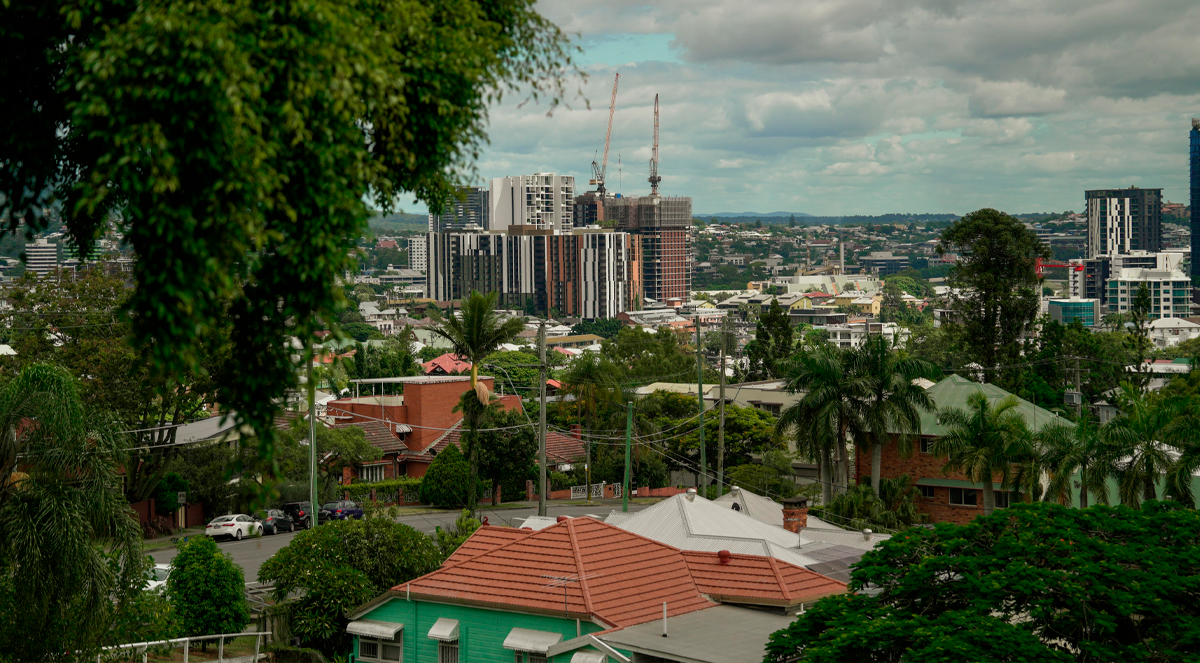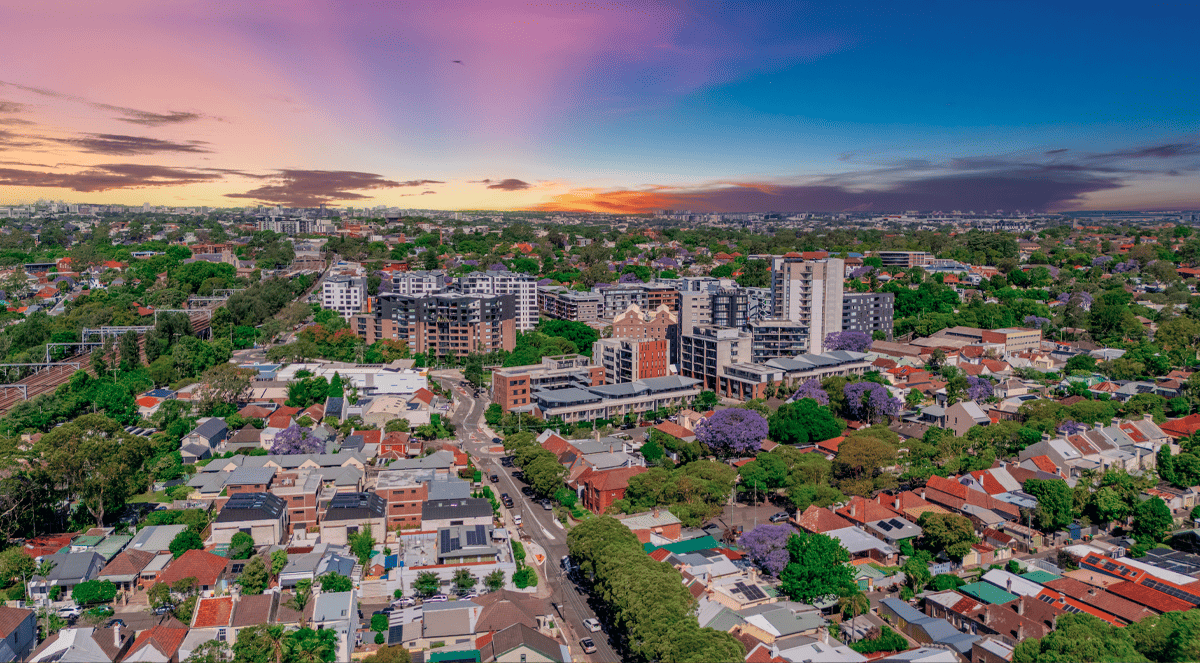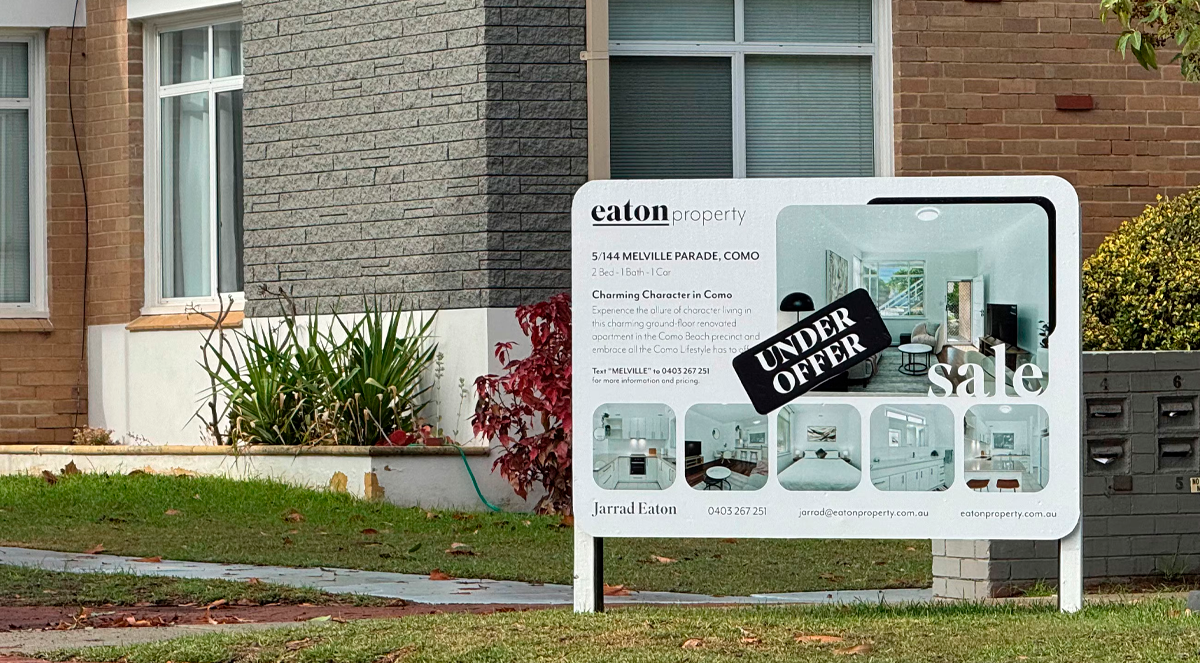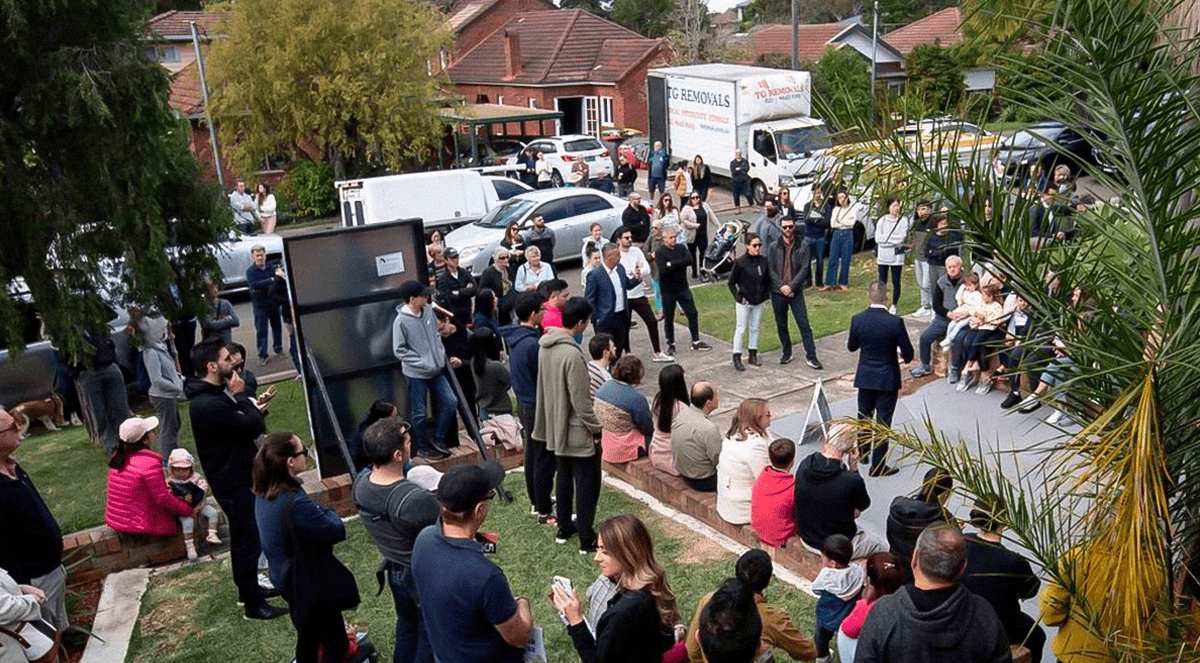.png)
KEY POINTS
- Australia’s latest CPI data shows headline inflation rose 2.1% annually and core inflation was 2.7% – both within the Reserve Bank of Australia’s 2–3% target band
- At face value, the results meet RBA conditions for easing monetary policy, with a 25-basis point rate cut in August widely expected by major banks and economists
- Despite the RBA holding rates in July, earlier cuts in February and May have lifted buyer confidence as borrowing improved and housing demand outpaced supply
The Reserve Bank of Australia now has no excuse not to cut the cash rate at its August monetary policy meeting.
That’s the clear implication after the release of quarterly Consumer Price Index figures by the Bureau of Statistics.
Defying financial market expectations and most economists’ predictions, the central bank decided to keep the cash rate on hold at 3.85% at its July meeting, despite plenty of evidence that core inflation was well within the bank’s 2-3% target band.
However, that should not be the case in August, with a 25-basis point cut all but guaranteed after the conditions the RBA Governor outlined for a rate cut were met.
The details
Data from the ABS shows headline inflation in Australia rose 0.7% in the June quarter and just 2.1% in the year to June 30th 2025.
The Bureau says the most significant price rises this quarter came in the Housing (+1.2%), Food and non-alcoholic beverages (+1.0%) and Health (+1.5%) categories.
More importantly, the RBA’s preferred measure - the “trimmed mean” - shows underlying inflation is also slowing, coming in at just 0.6% for the quarter and 2.7% for the year.
“The RBA Monetary Policy Board in July opted to wait for more confirmation that inflation is on track to return to the midpoint of the 2-3% target range and stay there,” says Westpac’s Chief Economist Luci Ellis.
“That confirmation has now come with the full June quarter CPI data.
“We therefore expect the Monetary Policy Board to cut rates by 25bps at its August meeting, to 3.6%.
“Further cuts in November, February 2026 and May 2026, also look increasingly likely,” Ms Ellis says.
“While the result is slightly above the forecast in RBA’s May Statement of Monetary Policy (2.6% y/y for the trimmed mean), we see the result as supporting an RBA rate cut of 25bp in August,” says ANZ Bank Senior Economist Adelaide Timbrell.
“Importantly, key areas of concern for the RBA are tracking nicely,” says Canstar’s banking expert Laine Gordon.
“Services inflation printed at 3.3% annually, down from 3.7% – the lowest since June 2022.
“This includes a notable slowing in rental price rises, which recorded a 4.5% rise annually.
“While this may seem high, it is down from an annual rate of 5.5% recorded in the previous quarter,” she says.
July shock
The RBA shocked money markets and a majority of economists by refusing to cut interest rates at its July meeting.
In her post-decision press conference, the RBA Governor, Michele Bullock, expressed some skepticism about the veracity of monthly inflation figures, indicating the board was more inclined to wait for more complete quarterly CPI numbers.
The RBA Governor and the statement issued by the board after the July decision also expressed concern about the “tightness” of the labour market - a concern that should have been partly allayed by the subsequent release of ABS data that showed unemployment in Australia rose in June from 4.1% to 4.3%.
“Every day the RBA waits to cut rates makes it more likely that the unemployment rate will go up and that’s unacceptable,” says the Secretary of the Australian Council of Trade Unions, Sally McManus.
Property
While July’s decision did not bring some much-needed relief to struggling households with mortgages, the property market has not been waiting around for the RBA to cut rates.
It had already been spurred into action by earlier RBA cuts in February and May of 25 basis points each.
Cotality's daily indices show home prices have risen 1.8% across the capital cities over the last quarter, with all cities up and Brisbane and Perth starring with 2.3% and 2.4% growth respectively.
If that momentum continues, that equates to annual home price growth in Australian cities of 7 to 10%.
Meanwhile, auction clearance rates have reached their highest level since July last year.
It’s clear that motivated home buyers and investors are not waiting for the RBA - they’re acting with their feet, before the RBA lowers rates and yet more buyers enter the market for the limited pool of properties for sale in Australia.
Stay Up to Date
with the Latest Australian Property News, Insights & Education.




.png?width=292&height=292&name=Copy%20Link%20(1).png)
 SIGN UP FOR FREE NEWSLETTER
SIGN UP FOR FREE NEWSLETTER





.jpg?width=1920&height=1080&name=Warning%2c%20You%20Might%20Be%20Facing%20Higher%20Taxes%20Soon%20(1).jpg)





.png?width=1920&height=1080&name=Rate%20Drops%20Signal%20BIGGEST%20Property%20Boom%20in%20DECADES%20(1).png)

.jpg?width=1920&height=1080&name=Labor%20vs%20Liberal%20These%20Housing%20Policies%20Could%20Change%20the%20Property%20Market%20Forever%20(1).jpg)
.jpg?width=1920&height=1080&name=QLD%20Slashes%20Stamp%20Duty%20Big%20News%20for%20Investors%20%26%20Home%20Buyers%20(1).jpg)
.jpg?width=1920&height=1080&name=Trump%20Just%20Slapped%20Tariffs%20%E2%80%93%20Here%E2%80%99s%20What%20It%20Means%20for%20Australia%20(1).jpg)
.jpg?width=1920&height=1080&name=Federal%20Budget%202025%20More%20Debt%2c%20No%20Housing%20%E2%80%93%20Here%E2%80%99s%20What%20You%20Need%20to%20Know%20(1).jpg)
.jpg?width=1920&height=1080&name=Australias%20Housing%20Crisis%20is%20about%20to%20get%20MUCH%20Worse%20(New%20Data%20Warns).jpg)
%20(1).jpg?width=1920&height=1080&name=Australias%20RENTAL%20CRISIS%20Hits%20ROCK%20BOTTOM!%20(2025%20Update)%20(1).jpg)
%20(1).png?width=1920&height=1080&name=Is%20Adelaide%20Still%20a%20Good%20Property%20Investment%20(2025%20UPDATE)%20(1).png)
.jpg?width=1920&height=1080&name=RBA%20Shocks%20with%20Rate%20Cuts!%20What%E2%80%99s%20Next%20for%20Property%20Investors%20(1).jpg)
%20(1).jpg?width=1920&height=1080&name=I%20Predict%20The%20Feb%20Rate%20Cut%20(My%20Price%20Growth%20Prediction)%20(1).jpg)
.png?width=1920&height=1080&name=Why%20Property%20Prices%20Will%20Rise%20in%202025%20Market%20Predictions%20(1).png)
.jpg?width=1920&height=1080&name=Why%20Investors%20Are%20Choosing%20Apartments%20Over%20Houses%202%20(1).jpg)
.jpg?width=1920&height=1080&name=Why%20Rate%20Cuts%20Will%20Trigger%20A%20Property%20Boom%20(1).jpg)
.jpg?width=1920&height=1080&name=Retire%20On%202Million%20With%20One%20Property%20(Using%20SMSF).jpg)
.jpg?width=1920&height=1080&name=4%20Reasons%20Why%20You%20Should%20Invest%20in%20Melbourne%20Now%20(1).jpg)
%20(1).jpg?width=1920&height=1080&name=Old%20Property%20vs%20New%20Property%20(Facts%20and%20Figures%20Revealed)%20(1).jpg)
%20(1).jpg?width=1920&height=1080&name=Will%20The%20New%20QLD%20Govt%20Create%20a%20Property%20Boom%20or%20Bust%20(My%20Prediction)%20(1).jpg)
%20Scott%20Kuru%20(1).jpg?width=1920&height=1080&name=Inflation%20Hits%20Three-Year%20Low%20(Will%20RBA%20Cut%20Rates%20Soon)%20Scott%20Kuru%20(1).jpg)
.jpg?width=1920&height=1080&name=How%20to%20Buy%20Investment%20Property%20Through%20SMSF_%20The%20Ultimate%20Guide%20(1).jpg)
.jpg?width=1920&height=1080&name=Victoria%20Slashes%20Stamp%20Duty%20Melbourne%20Set%20to%20Boom%20Scott%20Kuru%20(1).jpg)
.png?width=1571&height=861&name=Are%20Foreign%20Buyers%20Really%20Driving%20Up%20Australian%20Property%20Prices%20(1).png)
.jpg?width=1920&height=1080&name=The%20Single%20Factor%20That%20Predicts%20Property%20Growth%20Regions%20(1).jpg)
%20Scott%20Kuru%20(1).jpg?width=1920&height=1080&name=My%20Prediction%20On%20Rates%20%26%20Negative%20Gearing%20(Market%20Crash)%20Scott%20Kuru%20(1).jpg)

-1.png?width=1920&height=1080&name=Major%20Banks%20Cut%20Rates%20Will%20RBA%20Follow%20Suit%20(Sept%20Rate%20Update)-1.png)
%20Scott%20Kuru-1.png?width=1920&height=1080&name=Rate%20Cut%20Coming%20What%20New%20Zealands%20Move%20Means%20for%20Australia%20(Sept%20Prediction)%20Scott%20Kuru-1.png)
%20(1).jpg?width=1920&height=1080&name=Buy%20when%20the%20interest%20rates%20are%20high!%20(Why%20you%20must%20buy%20now!)%20(1).jpg)
.jpg?width=1920&height=1080&name=Carms_Revised%20Taxes%20Due%20Aug%209%20YT%20Thumbnail02%20(1).jpg)
.jpg?width=1920&height=1080&name=Carms_Too%20Little%20Too%20Late%20Aug%207%20YT%20Thumbnail01%20(1).jpg)









.jpg?width=1920&height=1080&name=Carms_Rate%20Drop%20In%20July%20Jun%2010%20YT%20Thumbnail02%20(1).jpg)
.jpg?width=1920&height=1080&name=Carms_Own%20a%20Property%20V6%20Jun%205_YT%20Thumbnail%20(1).jpg)









.png?width=1920&height=1080&name=Artboard%201%20(3).png)






.jpg?width=1920&height=1080&name=YT%20thumbnail%20%20(1).jpg)

